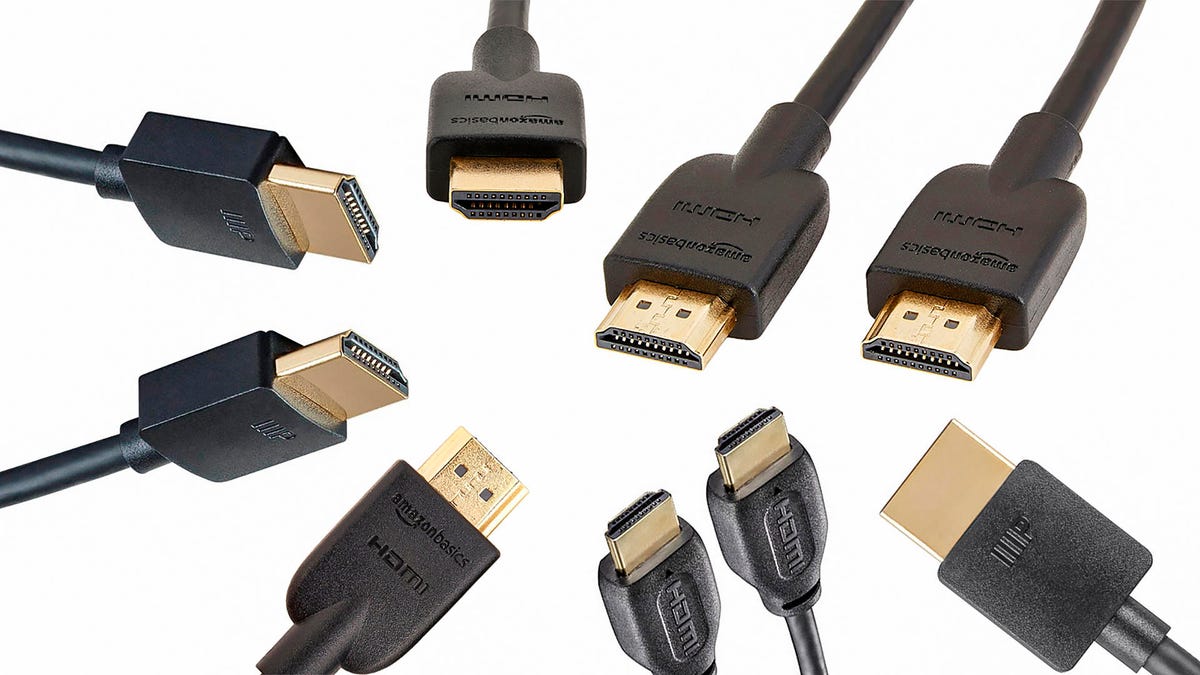
The vast majority of you will just need an HDMI cable of a few feet/meters to connect your TV to your nearby cable/satellite box, video streamer, 4K Blu-ray player, or game console. Some of you, though, are looking for something with a longer cable length. There are a lot of variables to consider, which we’ll discuss, so we don’t have a simple pick.
In broad strokes, the build and material quality is much more important in a long HDMI cable than short. Over 15 feet there is a much higher chance that a mediocre cable won’t work, or won’t work at the resolution you want. This still doesn’t mean you need to spend a fortune on a long cable, there are plenty of options for roughly the same price per-foot as the ones mentioned above. It does mean that no-name cables might be less likely to work.
To put it another way, a poorly made 3-foot cable will probably work fine for most people, but a poorly made 15-foot cable probably won’t. With any long-run solution you’re considering, make sure it can handle 4K/60, HDR and so on. Many options can’t. There are three technologies to consider.
Active: An active HDMI cable has a small chip built into the cable that takes a little power from the device’s HDMI connector and uses it to boost the HDMI signal. These cables cost a little extra, but are far more likely to work. A long passive cable might work for you, but it might not. It depends on your gear. Since they’re not significantly more expensive, they’re worth considering for any long run.
Optical: Though a similar technology to the old-school audio interface, HDMI-over-optical is capable of far greater bandwidth. It’s also capable of far greater distances. It’s easy to find options that are over 330 feet. Prices have dropped radically in the last few years, with options available for similar prices per-foot as traditional copper cables. Most don’t even need external power. They work and look just like a thin HDMI cable. There are Monoprice options, as well as an Amazon Basics option.
Wireless: You could also skip cables completely and just go wireless. This isn’t quite as simple as it sounds, though. There are far too many considerations to get into here, but a few things to keep in mind: 1) They’re going to cost more than cables; 2) 4K options often only work in-room and can be blocked by anything, including cabinet doors and even people. Though wireless seems like it should be easy for multiple devices in this era of near-ubiquitous Wi-Fi, it’s not. If you’re considering this, definitely do your research before you buy.

